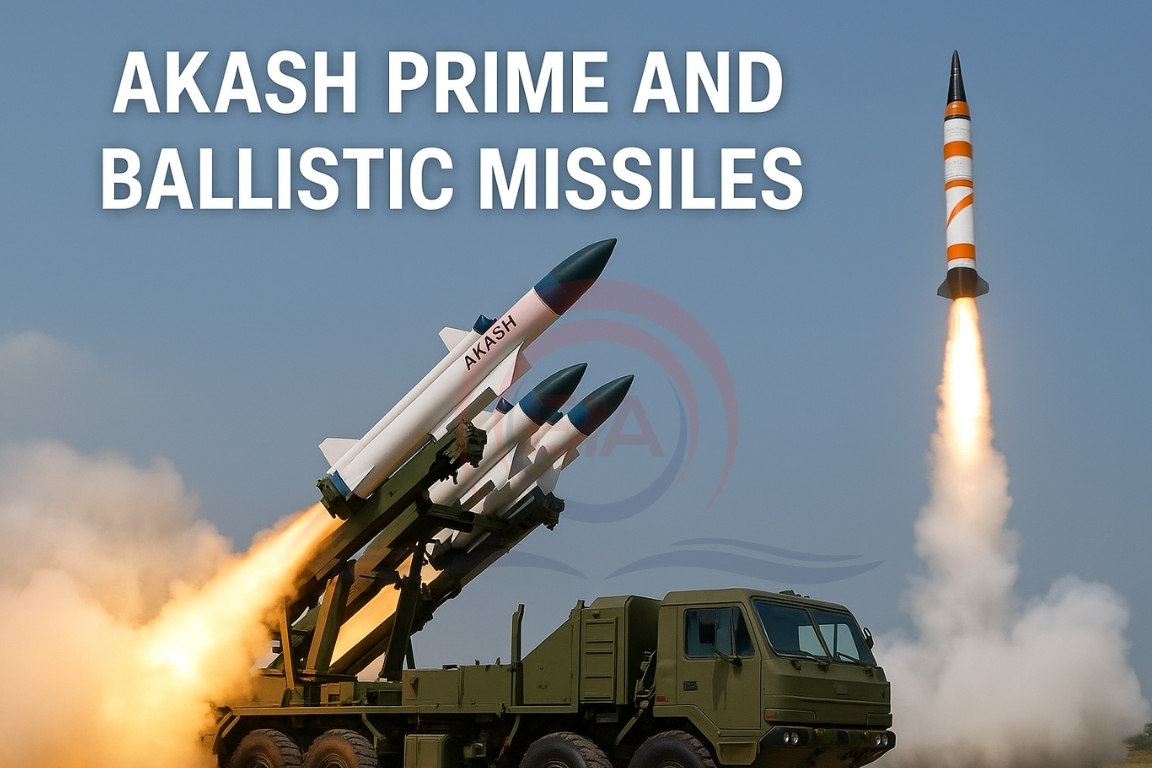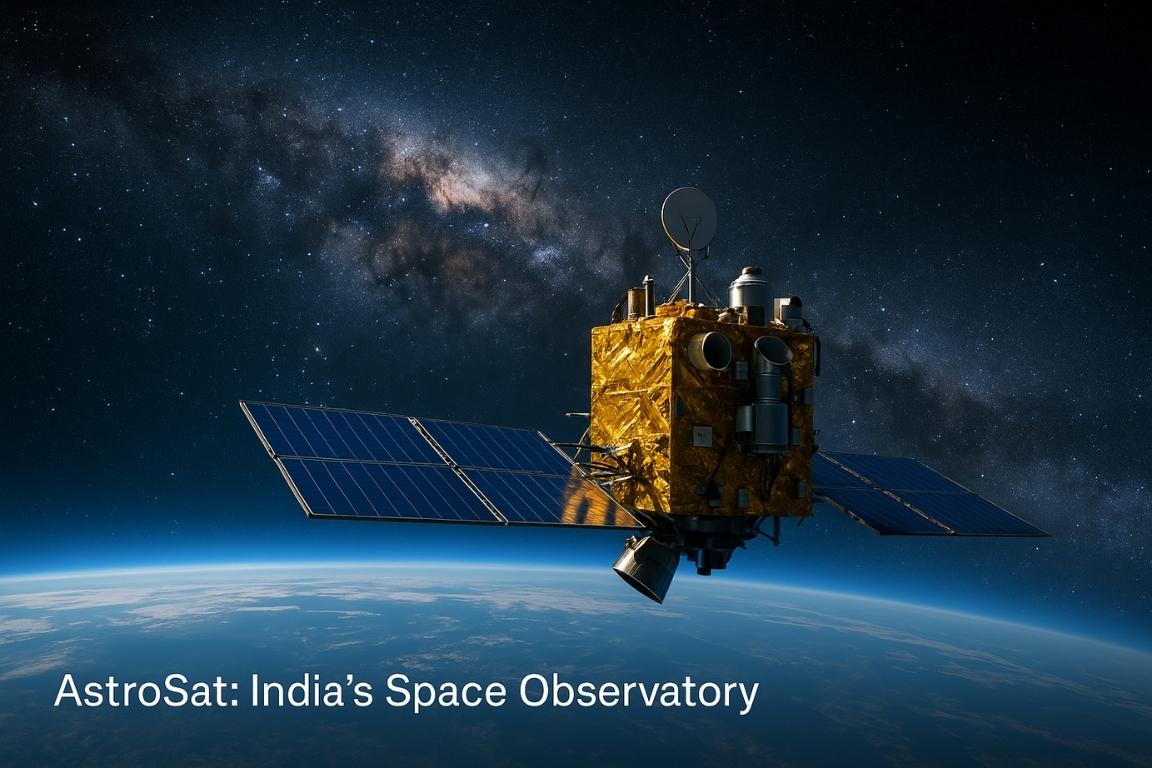The Indian Army recently conducted successful high-altitude trials of the Akash Prime missile in Ladakh. The Ministry of Defence also confirmed successful tests of Prithvi-II and Agni-I ballistic missiles from Odisha.
Akash Prime Missile Trial
- The Akash Prime is an upgraded medium-range, surface-to-air missile developed by the DRDO.
- It was tested by the Army Air Defence Corps in coordination with DRDO scientists.
- The test was conducted over two days at an altitude of 15,000 feet in eastern Ladakh.
- The missile hit two fast-moving aerial targets with precision, showcasing its capability in high-altitude, low-oxygen conditions.
- It will be part of the 3rd and 4th regiments of Akash systems in the Indian Army.
Prithvi-II and Agni-I Tests
- The Strategic Forces Command oversaw the successful launch of Prithvi-II and Agni-I missiles in Odisha.
- These are short-range ballistic missiles designed for quick response.
- The tests confirmed that all technical and operational standards were met.

WHAT IS A BALLISTIC MISSILE?
- Path of Travel (Ballistic Trajectory):
A ballistic missile is a missile that is launched into the sky and follows a curved path (like a ball thrown into the air) before falling back to hit its target.
Example: Agni-V follows this path to strike distant targets.

- High Speed, Long Range:
These missiles travel at very high speeds and can hit targets from hundreds to thousands of kilometers away.
Example: Prithvi-II is a short-range ballistic missile (~350 km), while Agni-IV can reach over 4,000 km. - Used for Strategic Defence:
Ballistic missiles are mainly used to deliver warheads (like explosives or nuclear weapons) during conflicts or for deterrence.
Example: Agni series (I to V) are part of India’s strategic missile forces under the Strategic Forces Command.
e-Voucher Mechanism
- One vehicle per Aadhaar. e-Voucher is auto-generated at sale time and is used by OEMs to claim government subsidies.
Charging Infrastructure
- Focus on reducing range anxiety through promotion of EV Public Charging Stations (EVPCS).
- Charging points to be set up in high-EV-use cities and along major highways.
Conclusion:
India’s first e-truck incentive scheme marks a major step toward greener freight transport and supports clean mobility goals. By combining financial incentives with charging infrastructure, it aims to make electric trucks a practical and sustainable option.





